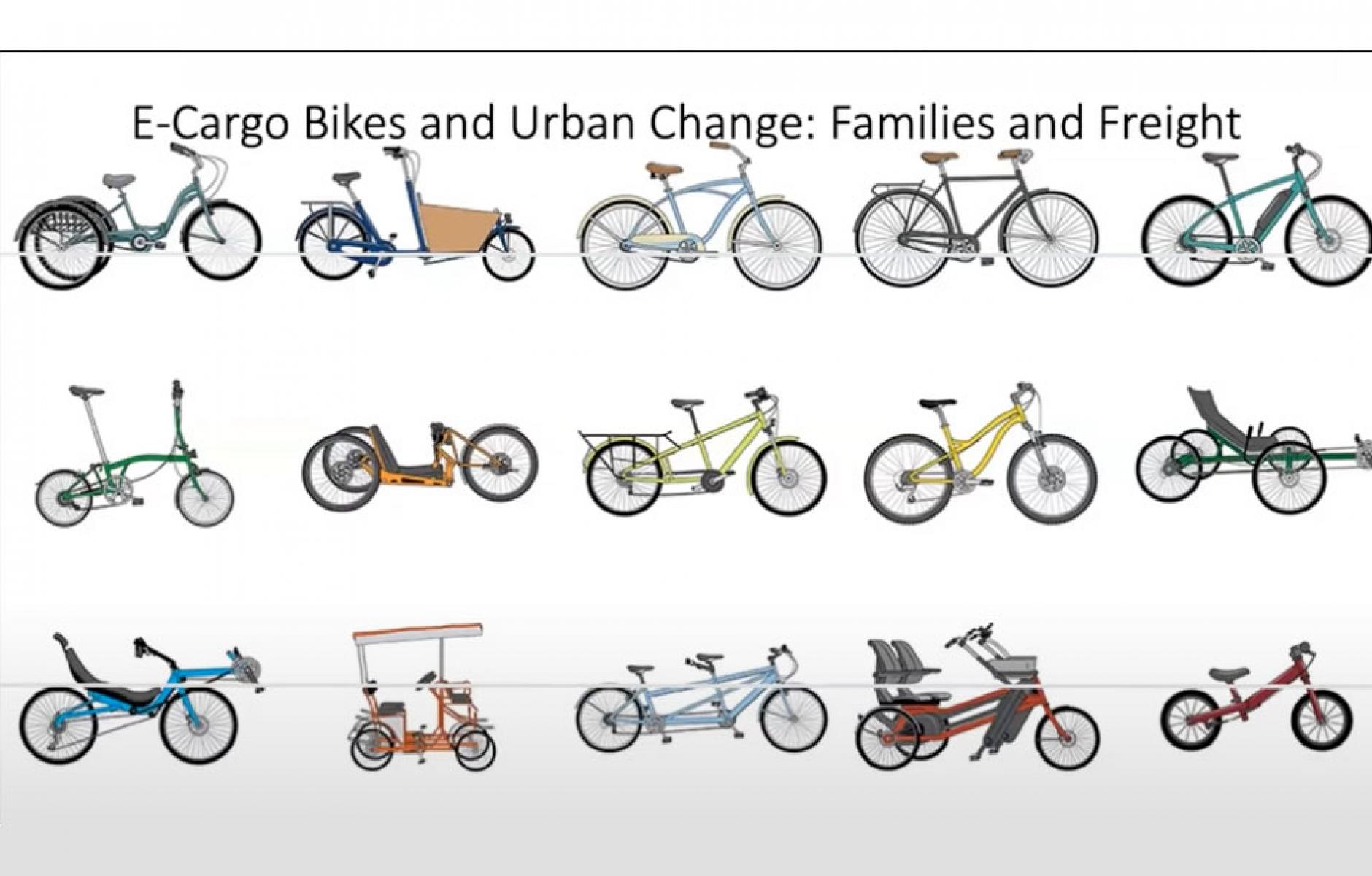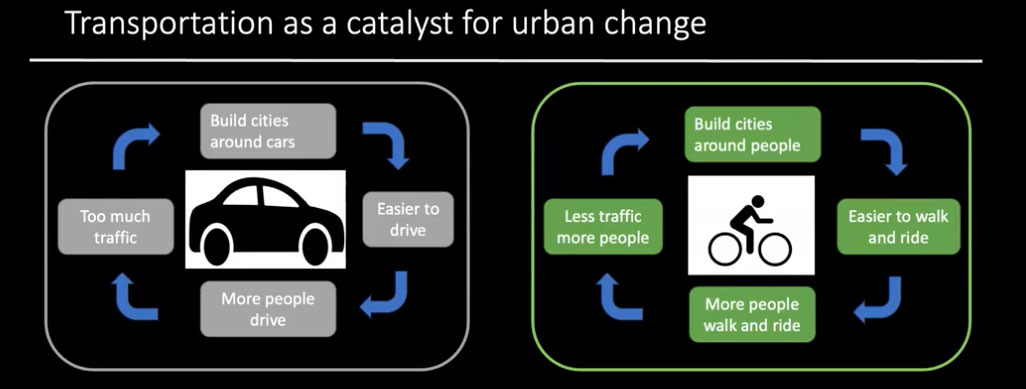
How bicycles transform 21st Century cities
Bicycles are a 19th Century technology discounted as a serious transportation topic for much of the 20th Century—much less a means of shaping cities. I took a high school class called “The Future,” taught by one Stanley Goldfarb, and we were assigned a paper predicting some future scenario. This was the 1970s, and most of the class wrote about computers, flying cars, or space travel. I wrote about bicycles, and he thought it was a joke. I think I got a C.
I really can’t claim much prescience, because I didn’t predict all of the technological advances in bicycling, nor the implementation of bicycle lanes, nor any detail about how bicycles have become a major industry during this century. My main point was that bicycles are environmentally friendly and here to stay. I was right about that.
Dan Piatkowski, a Phoenix native and a faculty member at Oslo Metropolitan University, Norway, has written the 2024 Bicycle City: Riding the Bike Boom to a Brighter Future, which delves into how and why bicycles are shaping cities around the world in ways that would have shocked Dr. Goldfarb.
Piatkowski presented to CNU’s On the Park Bench in an author’s forum moderated by Lauren Mayer. The wide-ranging discussion focused on:
- What the US can learn from Oslo pertaining to bicycles and the shaping of cities.
- What the pandemic taught us.
- Why e-bikes, and e-cargo bikes, are game changers for city living.
- How bike sharing and micromobility foster new ways of thinking about urban places.

Oslo is historically more car-dependent than other Scandinavian cities, Piatkowski says. Until about 10 years ago, it was similar in some ways to many American cities—but in the last 10 years dramatic changes have taken place, he explains. This transformation began with the city taking control of its streets from transportation authorities in 2015. US cities can learn from this example, because they are hamstrung by Departments of Transportation, run by states. After getting jurisdiction over the public right of way, Oslo adopted an implemented a “bicycle plan” that mostly involved “slowing down vehicles and limiting the number of vehicles in the center of the city.” in 2019, Oslo achieved zero traffic deaths. The city has seen an 80 percent increase in cycling. “In ten years, Oslo has really turned it around, and that gives me hope for American cities.”
During the pandemic, many cities made bold changes to city streets. Most have since returned the streets to what they once were, but others have kept the design changes. Paris, France, is a leading example. “The most important lesson from the pandemic is that we can be bold and ask for big things, and we can actually get them,” Piatkowski says. “We can cut through the red tape and make that happen.”
E-bikes are transformative—a game changer for cities. They are able to cut through the baggage that bicycles once carried—especially that they are appropriate for a niche market as a transportation choice. E-bikes, in many forms, make bicycles useful for a much broader segment of the population, including senior citizens, families with children, and a broad range of ordinary folks.

“People who might not have thought they could or should ride a bike are able to go further than they ever thought they were able to, carrying more things than they ever thought they were able to,” Piatkowski explains. This has led to a dramatic growth in ridership for bicycles in general. This has the potential for change in cities, because “growing ridership can equal more bike advocates,” he explains. E-cargo bikes can serve as a kind of “urban SUV.” While they are expensive compared to other bicycles, they are cheap compared to cars.
E-bikes have given new life to bike-sharing programs. Also under the topic of sharing, micromobility in the guise of scooters mostly appeals to teenagers and young adults. “Scooters can create havoc and be annoying, but they offer new ways for people to think about urban spaces and navigate them,” Piatkowski says.
Bicycles have just begun transforming US cities, and the Oslo examples shows that the change will be positive. See the entire webinar.




